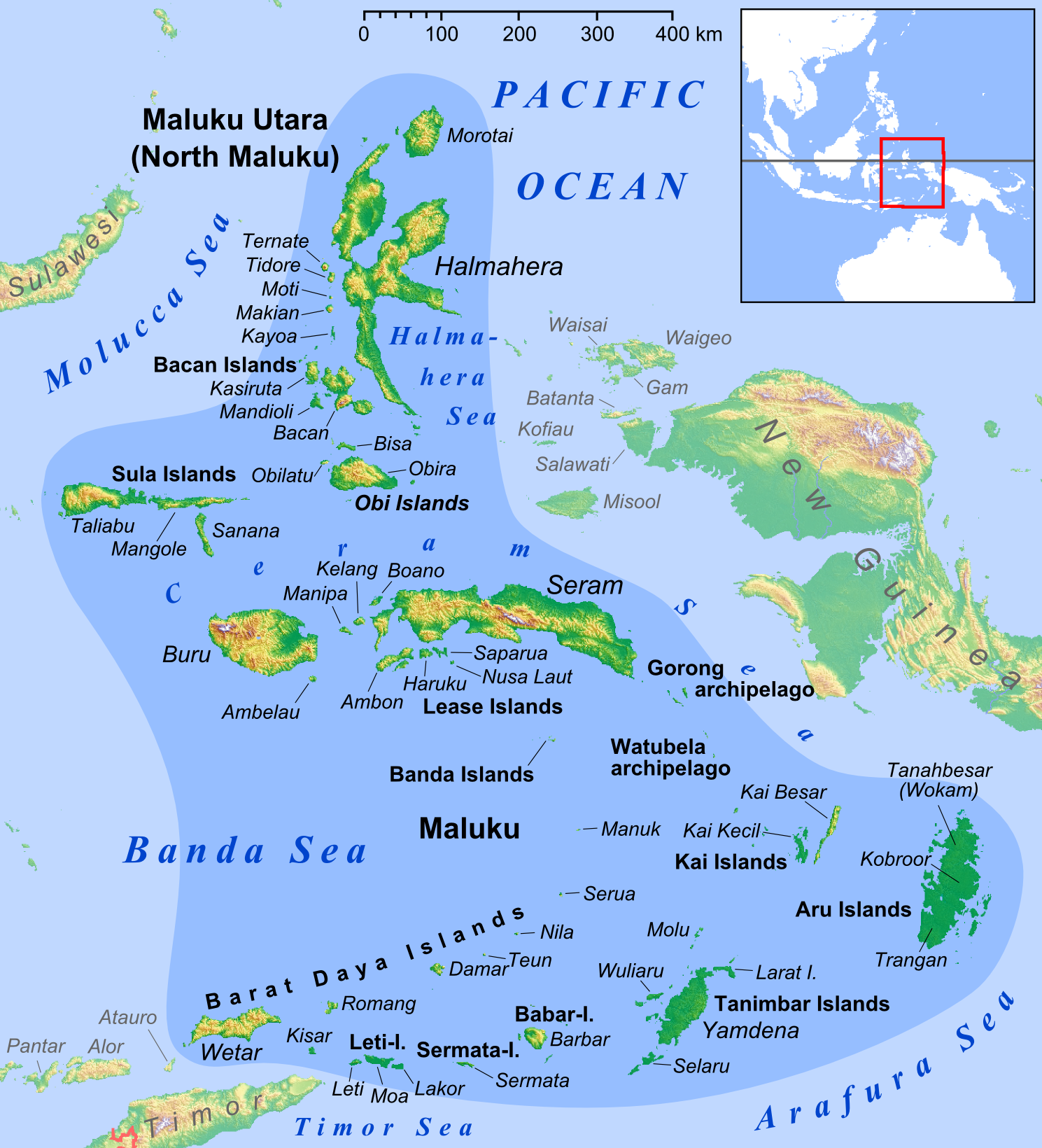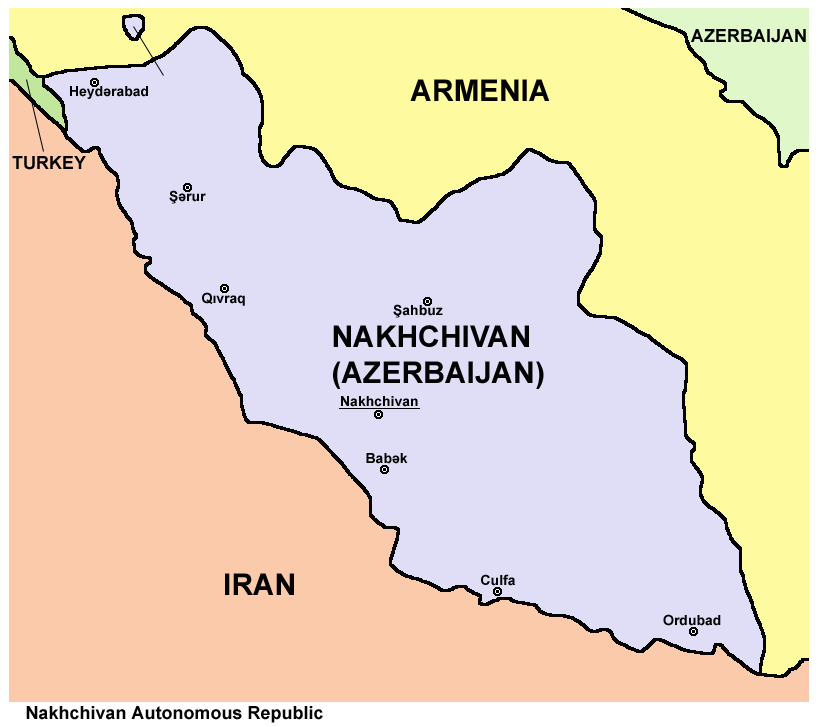|
Ombai Strait
Ombai Strait (, , ) is an international strait in Southeast Asia. It separates the Alor Archipelago from the islands of Wetar, Atauro, and Timor in the Lesser Sunda Islands. The strait is also the western portion of a pair of international straits, the other one being Wetar Strait; the two straits combine to link the Pacific Ocean with the Indian Ocean. Etymology ''Ombai'' is an alternative name for the island of Alor Island, Alor, in the Alor Archipelago on the other side of the strait's north, north western and western coastline. In Tetum, the expression ''tasi feto'' () is often used to refer to the 'Ombai-Wetar Strait', which extends along most of Timor's northern shores. The counterpart of that body of water, the Timor Sea, which has larger waves, is more Turbidity, turbid, and washes the whole of Timor's southern coastline, is commonly referred to in Tetum as ''tasi mane'' (). Geography Ombai Strait is relatively narrow and deep (). It has complex and extreme bathymetry ... [...More Info...] [...Related Items...] OR: [Wikipedia] [Google] [Baidu] |
Ai Pelo Prison
Ai Pelo Prison or Aipelo Prison (, ) is an historic late nineteenth-century Portuguese colonial prison in the '' suco'', East Timor, adjacent to the Savu Sea. It was deactivated in 1939 and is now a ruin. Etymology The expression ''Ai Pelo'' is apparently derived from the local Tocodede language word ''epelo'', which means "bitter water" and was used by the inhabitants of a nearby village to refer to the prison. According to a museum label panel now located at the prison, the description "bitter water" was a clear allusion to the abuses inflicted there. History Construction of Ai Pelo Prison began in 1889. In that year, the main building with administration and prison cells was built, along with the adjoining barracks for the soldiers stationed there. The building work was probably initiated by Governor (in office 1887–1888). Two further buildings were constructed from 1914, to receive prisoners from Macau, where the prisons were overcrowded at that time. The prison acco ... [...More Info...] [...Related Items...] OR: [Wikipedia] [Google] [Baidu] |
Timor Sea
The Timor Sea (, , or ) is a relatively shallow sea in the Indian Ocean bounded to the north by the island of Timor with Timor-Leste to the north, Indonesia to the northwest, Arafura Sea to the east, and to the south by Australia. The Sunda Trench marks the deepest point of the Timor Sea with a depth of more than 3300 metres, separating the continents of Oceania in the southeast and Asia to the northwest and north. The Timor sea is prone to earthquakes and tsunamis north of the Sunda Trench, due to its location on the Ring of Fire as well as volcanic activity and can experience major cyclones, due to the proximity from the Equator. The sea contains a number of reefs, uninhabited islands and significant hydrocarbon reserves. International disputes emerged after the reserves were discovered resulting in the signing of the Timor Sea Treaty. The Timor Sea was hit by the worst Montara oil spill, oil spill for 25 years in 2009. It is possible that Australia's first inhabitants cros ... [...More Info...] [...Related Items...] OR: [Wikipedia] [Google] [Baidu] |
125th Meridian East
The meridian 125° east of Greenwich is a line of longitude that extends from the North Pole across the Arctic Ocean, Asia, Australia, the Indian Ocean, the Southern Ocean, and Antarctica to the South Pole. The 125th meridian east forms a great circle with the 55th meridian west. From Pole to Pole Starting at the North Pole and heading south to the South Pole The South Pole, also known as the Geographic South Pole or Terrestrial South Pole, is the point in the Southern Hemisphere where the Earth's rotation, Earth's axis of rotation meets its surface. It is called the True South Pole to distinguish ..., the 125th meridian east passes through: : See also * 124th meridian east * 126th meridian east References {{Use dmy dates, date=March 2017 e125 meridian east ... [...More Info...] [...Related Items...] OR: [Wikipedia] [Google] [Baidu] |
Maluku (province)
Maluku is located in Eastern Indonesia and geographically located in West-Melanesia, between Sulawesi and Western New Guinea, and comprises the central and southern regions of the Maluku Islands. It is directly adjacent to North Maluku, Southwest Papua, and West Papua (province), West Papua in the north, Central Sulawesi, and Southeast Sulawesi in the west, the Banda Sea, Australia, Timor-Leste and East Nusa Tenggara in the south and the Arafura Sea, Central Papua and South Papua in the east. The land area is 46,158.26 km2, and the total population of this province at the 2010 census was 1,533,506 people,Biro Pusat Statistik, Jakarta, 2011. rising to 1,848,923 at the 2020 census,Badan Pusat Statistik, Jakarta, 2021. the official estimate as at mid 2024 was 1,945,648 (comprising 983,943 males and 961,705 females).Badan Pusat Statistik, Jakarta, 28 February 2025, ''Provinsi Maluku Dalam Angka 2025'' (Katalog-BPS 1102001.81) The largest city and capital of Maluku province is A ... [...More Info...] [...Related Items...] OR: [Wikipedia] [Google] [Baidu] |
East Nusa Tenggara
East Nusa Tenggara (; ) is the southernmost province of Indonesia. It comprises the eastern portion of the Lesser Sunda Islands, facing the Indian Ocean in the south and the Flores Sea in the north, with a total land area of 47,238.07 km2. It consists of more than 500 islands, with the largest ones being Sumba, Flores, and the western part of Timor; the latter shares a land border with the separate nation of East Timor. The province is subdivided into twenty-one regencies and the regency-level city of Kupang, which is the capital and largest city. Archaeological research shows that Liang Bua cave in East Nusa Tenggara has been inhabited by humans since about 190,000 years ago. The site was home to early humans, including ''Homo floresiensis'', who were found in the cave's archaeological layers. East Nusa Tenggara is known for its natural beauty such as Komodo National Park, Labuan Bajo, Lake Kelimutu, and exotic beaches. The province is rich in culture, with diverse tribes, la ... [...More Info...] [...Related Items...] OR: [Wikipedia] [Google] [Baidu] |
Provinces Of Indonesia
Provinces are the first-level administrative divisions of Indonesia. They were formerly called first-level provincial regions (), before the Post-Suharto era in Indonesia, Reform era. Provinces have a local government, consisting of a List of current governors in Indonesia, governor () and a Regional House of Representatives, regional legislative body (). The governor and members of local representative bodies are elected by Election, popular vote for five-year terms, but governors can only serve for two terms. Provincial governments have the authority to regulate and manage their own government affairs, subject to the limits of the Government of Indonesia, central government. The average land area of all 38 provinces in Indonesia is about , and they had an average population of 7,410,626 people in mid-2024. Indonesia is divided into 38 provinces, nine of which have special autonomous status. The terms for special status are "" and "", which translate to "special", or "designat ... [...More Info...] [...Related Items...] OR: [Wikipedia] [Google] [Baidu] |
Oecusse
Oecusse, also known as Oecusse-Ambeno (; ) and formerly just Ambeno, officially the Special Administrative Region Oecusse-Ambeno (), is an exclave, municipality (formerly a district) and the only Special Administrative Region (SAR) of East Timor. Located on the north coast of the western portion of Timor, Oecusse is separated from the rest of East Timor by West Timor, Indonesia, which is part of the province of East Nusa Tenggara. West Timor surrounds Oecusse on all sides except the north, where the exclave faces the Savu Sea. The capital of Oecusse is Pante Macassar, also called ''Oecussi Town'', or formerly, in Portuguese Timor, ''Vila Taveiro''. Originally ''Ambeno'' was the name of the former district and ''Oecussi'' its capital. Etymology ''Oecusse'' is the traditional name of Pante Macassar, the present-day capital of the special administrative region, and its environs. The location of today's capital was also the seat of the second traditional kingdom of the are ... [...More Info...] [...Related Items...] OR: [Wikipedia] [Google] [Baidu] |
Exclave
An enclave is a territory that is entirely surrounded by the territory of only one other state or entity. An enclave can be an independent territory or part of a larger one. Enclaves may also exist within territorial waters. ''Enclave'' is sometimes used improperly to denote a territory that is only partly surrounded by another state. Enclaves that are not part of a larger territory are not exclaves, for example Lesotho (enclaved by South Africa), and San Marino and Vatican City (both enclaved by Italy) are enclaved sovereign states. An exclave is a portion of a state or district geographically separated from the main part, by some surrounding alien territory. Many exclaves are also enclaves, but an exclave surrounded by the territory of more than one state is not an enclave. The Azerbaijani exclave of Nakhchivan is an example of an exclave that is not an enclave, as it borders Armenia, Iran, and Turkey. Semi-enclaves and semi-exclaves are areas that, except for possessing ... [...More Info...] [...Related Items...] OR: [Wikipedia] [Google] [Baidu] |
West Timor
West Timor () is an area covering the western part of the island of Timor, except for the district of Oecussi-Ambeno (an East Timorese exclave). Administratively, West Timor is part of East Nusa Tenggara Province, Indonesia. The capital as well as its main port is Kupang. During the colonial period, the area was named Dutch Timor and was a centre of Dutch loyalists during the Indonesian National Revolution (1945–1949). From 1949 to 1975 it was named Indonesian Timor. The total area of West Timor is , including offshore islands. The highest peaks are Mount Mutis, above sea level, and Mount Lakaan, above sea level. The main languages of West Timor are Dawan, Marae and Tetun, as well as several other languages, such as Kemak, Bunak and Helong, are also used in Timor-Leste. The other three languages which are only used in the local area of the Austronesian language group from the Fabron branches are Ndao, Rote and Sabu. The most populous cities and towns are Kupang City wi ... [...More Info...] [...Related Items...] OR: [Wikipedia] [Google] [Baidu] |
International Hydrographic Organization
The International Hydrographic Organization (IHO) (French: ''Organisation Hydrographique Internationale'') is an intergovernmental organization representing hydrography. the IHO comprised 102 member states. A principal aim of the IHO is to ensure that the world's seas, oceans and navigable waters are properly surveyed and charted. It does this through the setting of international standards and through its capacity building programs and offices. The IHO enjoys observer status at the United Nations, where it is the recognized competent authority on hydrographic surveying and nautical charting. When referring to hydrography and nautical charting in conventions and similar instruments, it is the IHO standards and specifications that are normally used. History During the 19th century, many maritime nations established hydrographic offices to provide means for improving the navigation of naval and merchant vessels by providing nautical publications, nautical charts, and oth ... [...More Info...] [...Related Items...] OR: [Wikipedia] [Google] [Baidu] |
Savu Sea
The Savu Sea (or the Sawu Sea) (, , ) is a small sea within Indonesia named for the island of Savu (Sawu) on its southern boundary. It is bounded by Savu and Raijua to the south, the islands of Rote and Timor (split between East Timor and Indonesia) to the east, Flores and the Alor archipelago to the north/northwest, and the island of Sumba to the west/northwest. Between these islands, it flows into the Indian Ocean to the south and west, the Flores Sea to the north, and the Banda Sea to the northeast. The Savu Sea reaches about in depth. It spans about 600 km from west to east, and 200 km from north to south. The largest city on the sea is Kupang, the capital of East Nusa Tenggara province on the island of Timor, with about 450,000 inhabitants. Extent The International Hydrographic Organization (IHO) defines the Savu Sea as being one of the waters of the East Indian Archipelago. The IHO defines its limits as follows: ''On the North.'' By the Southern limi ... [...More Info...] [...Related Items...] OR: [Wikipedia] [Google] [Baidu] |
Bathymetry
Bathymetry (; ) is the study of underwater depth of ocean floors ('' seabed topography''), river floors, or lake floors. In other words, bathymetry is the underwater equivalent to hypsometry or topography. The first recorded evidence of water depth measurements are from Ancient Egypt over 3000 years ago. Bathymetry has various uses including the production of bathymetric charts to guide vessels and identify underwater hazards, the study of marine life near the floor of water bodies, coastline analysis and ocean dynamics, including predicting currents and tides. Bathymetric charts (not to be confused with '' hydrographic charts''), are typically produced to support safety of surface or sub-surface navigation, and usually show seafloor relief or terrain as contour lines (called '' depth contours'' or '' isobaths'') and selected depths ('' soundings''), and typically also provide surface navigational information. Bathymetric maps (a more general term where navigational safet ... [...More Info...] [...Related Items...] OR: [Wikipedia] [Google] [Baidu] |






